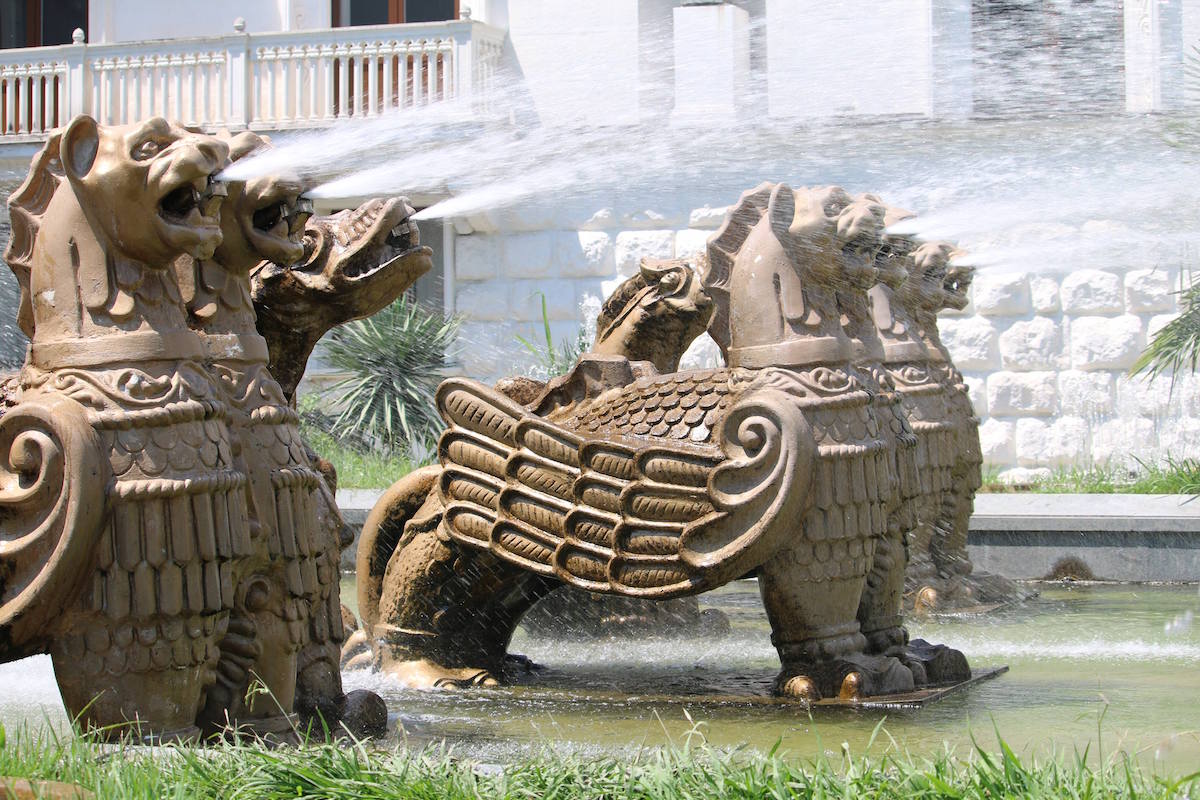Review: Abkhaz movies about war

For over twenty years, no one in Abkhazia made films about war. It had less to do with a lack of funding than with the shared understanding among the local directors that they could only venture into the war theme after some time had passed, allowing them to properly think back and make sense of what happened.
Recently, such films have finally started to be made. Here’s a review of some of them.
A
rguably the first attempt to reflect on the Georgian-Abkhaz war of the early 1990s through film was the documentary “Girl on a balloon” by Ada Kviraia.

The film premiered in 2013 and is about people who are unable to go back to living a normal life after the war. The film is deliberately messy, with many characters and no clear storyline. The stories primitively follow each other, unfolding on Sukhum’s quay.
T
he following year, a young director known as Ilona Khvartskia produced a live-action short movie called Zafar.
The story takes places during the first days of the 1992-1993 Georgian-Abkhaz war.
The only son of the main character, Zafar, was put into prison. Zafar had a grievance against the whole world as no one actually helped him save his son from imprisonment or at least help to mitigate it. This had turned him into a grossly unhappy old man who was living out his life in malice and hatred for the world around him.
Every day Zafar watched his neighbour’s large family lead a happy life. Before Georgian troops entered the village, the neighbour and his family had gone to Sukhum, leaving their house key with Zafar.
Having been left alone, Zafar went into the neighbour’s house where he examined and probed all the household items, tried on the neighbour’s suits, ate from their utensils and drank their wine. Envy, which had nested within him for a long time, finally broke loose.
Later, Zafar came across a letter from which he learnt that his neighbour had petitioned for his son’s release and even tried to bribe the prosecutor. However, for some reason he’d failed to settle the matter and this incidental news became a real revelation for Zafar. Until that time, he thought no one had cared for his troubles. But the letter changed everything. Later, when two young guard officers came to the neighbour’s house for some easy pickings, Zafar threw himself in the firing line to protect his neighbour’s property and got a bullet in his back.
Zafar received the Sukhum film festival’s Grand-Prix award and later became a laureate of the SGUARDI VISIONI STORIE 2014 film festival in Sardinia.

Vyacheslav Zablotiya, a well-known Abkhazian director, congratulates Ilona Khvartskiya
T
he Bridge, a debut film by Abkhaz filmmaker Naur Garmelia, tells the story of a father and his young son who try to survive in an abandoned Abkhazian village one year after the war.
The film plot:
The father is raising his little boy on his own. They cultivate land and keep livestock. From time to time the boy delivers cheese to the Sukhum market and gives it to resellers.
The road leading to the capital is full of adventures and the main one runs through a dilapidated suspension bridge. Once, upon returning from another trip to the city, the boy found his father dead after he had had a heart attack.
Throughout the night, the boy was trying with all his might to drag his father’s body to an abandoned paramedic station in the village.
Reviewers described the boy as the only bright spot of the film, his story unfolding against the backdrop of complete material and mental collapse in post-war Abkhazia.

This full-length motion picture was filmed at Lenfilm studio. The film received the Bronze Taiga award at The Spirit of Fire International Debut Film Festival in Khanti-Mansiysk.
A
nother story of life after the war is “Misha lies there” by Inar Narmania, a graduate of the Saint Petersburg’ cinema and television university.
It tells the story of a Sukhum-born Greek who got caught in the middle of the Georgian-Abkhaz fighting in 1991-1992.
As he presented his film in Suhkum in 2016, Narmania said his was a fully made-up story that was not based off of anything, but it reflected experiences of many, showing how people’s characters were transformed by the stressful events.



















